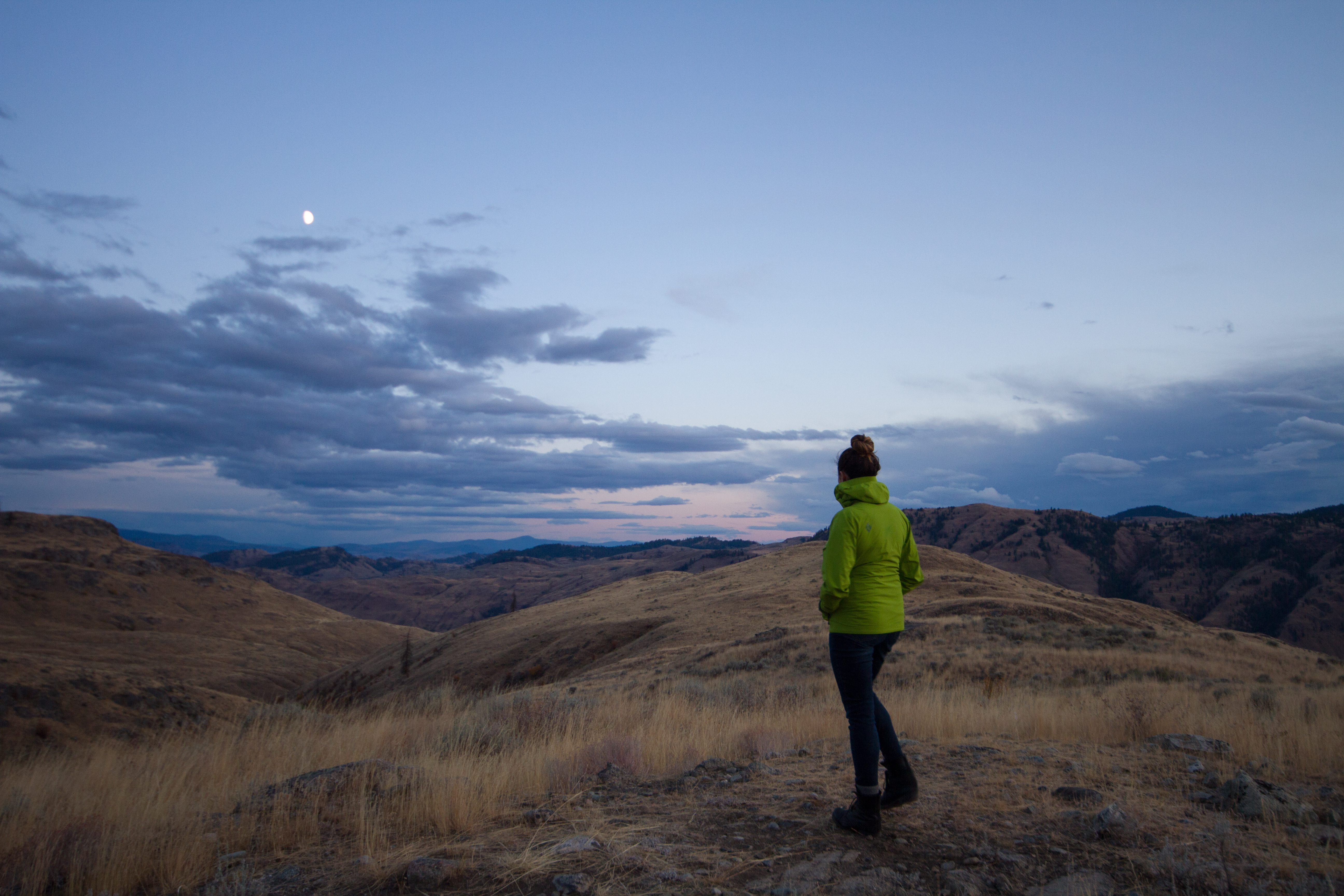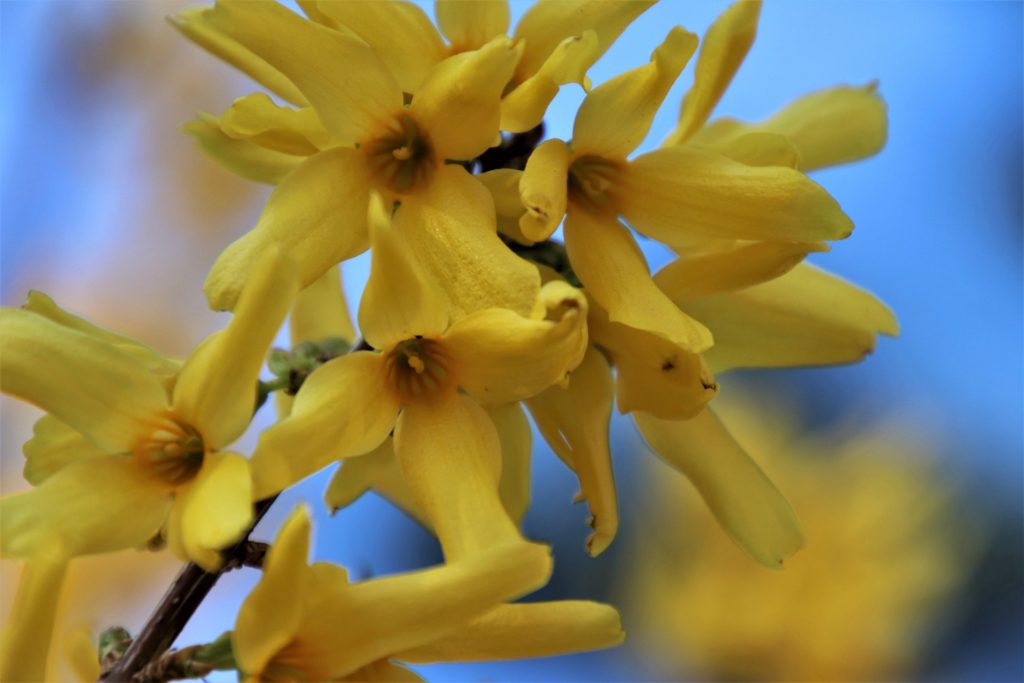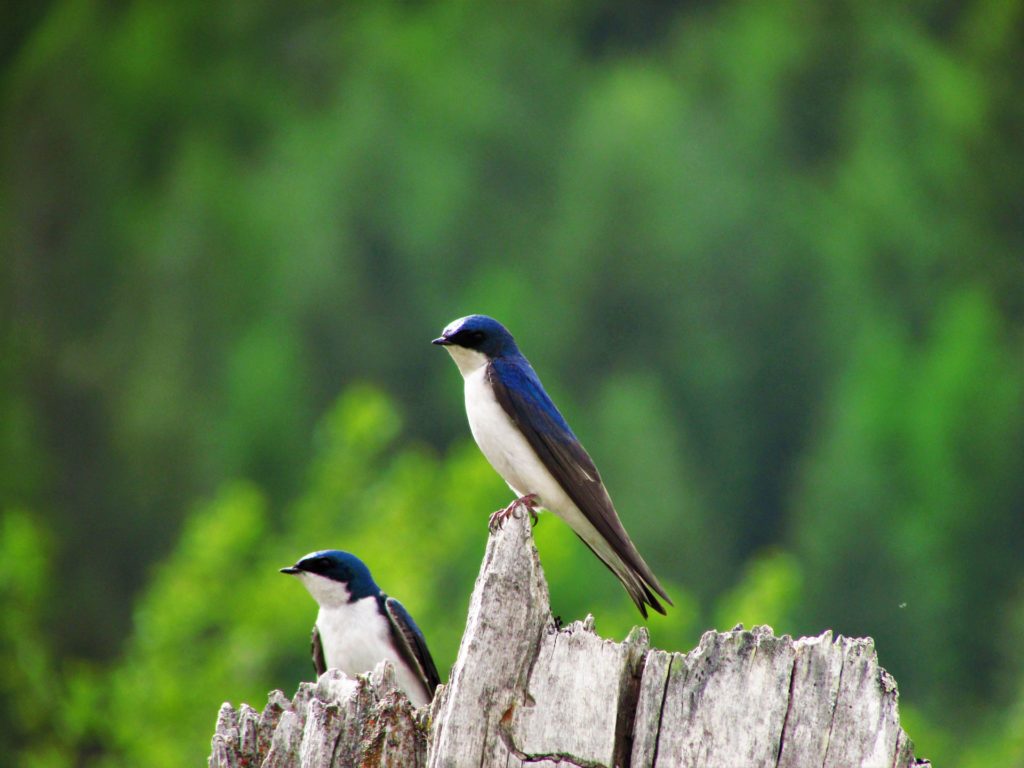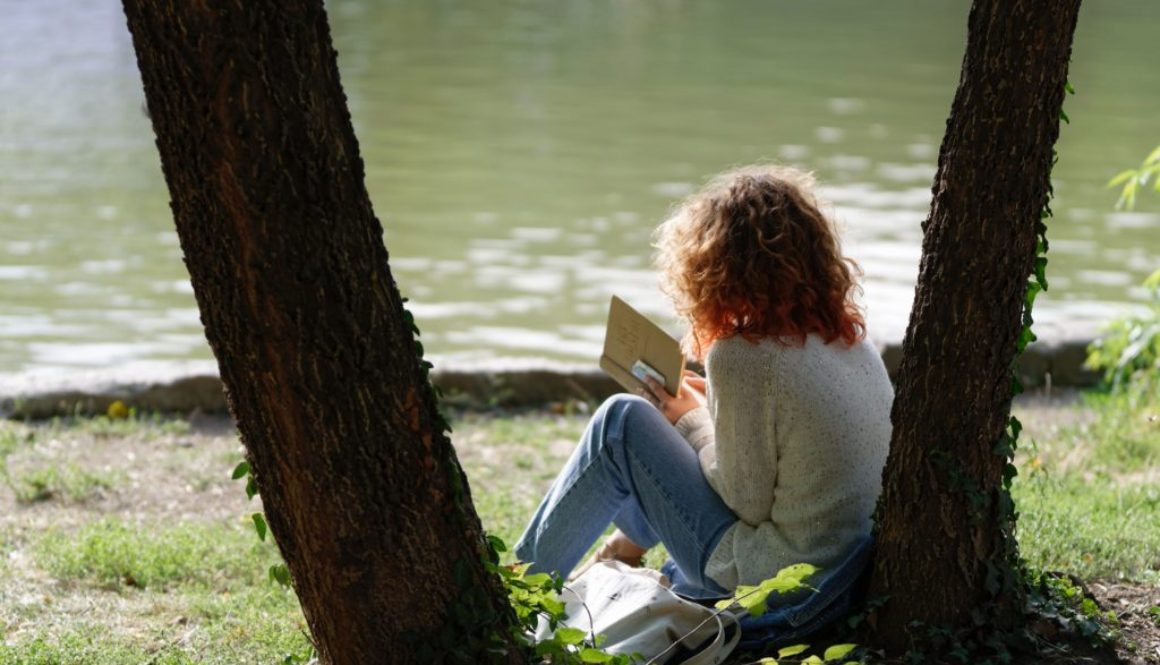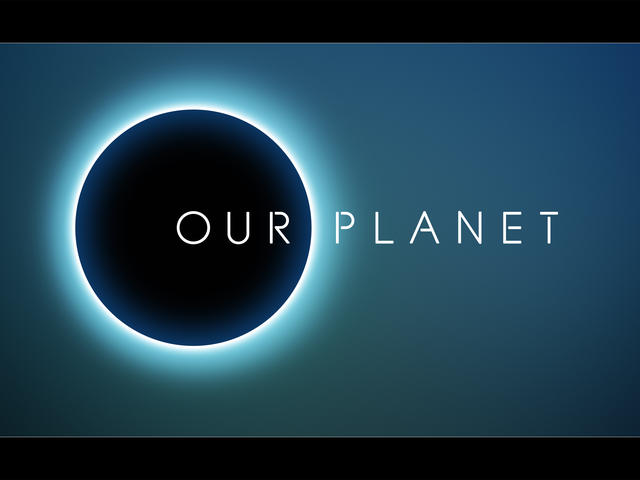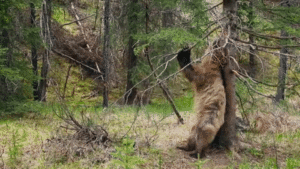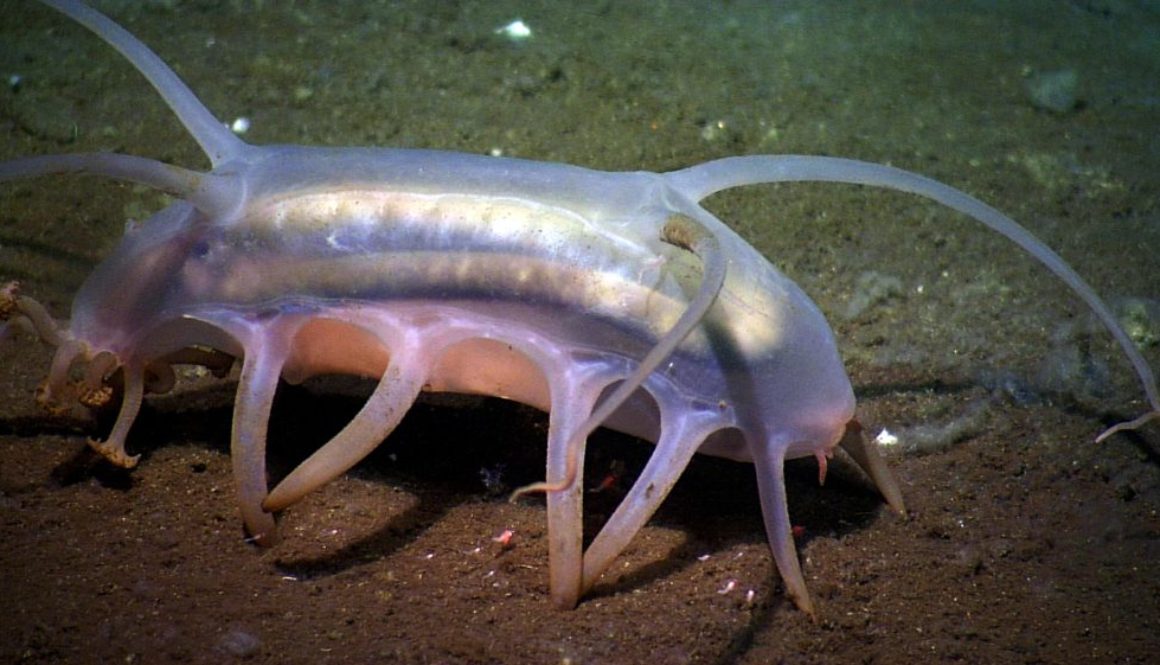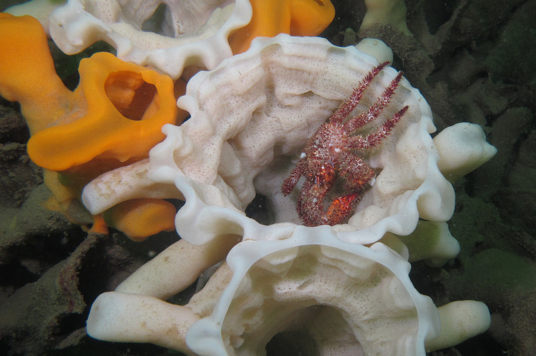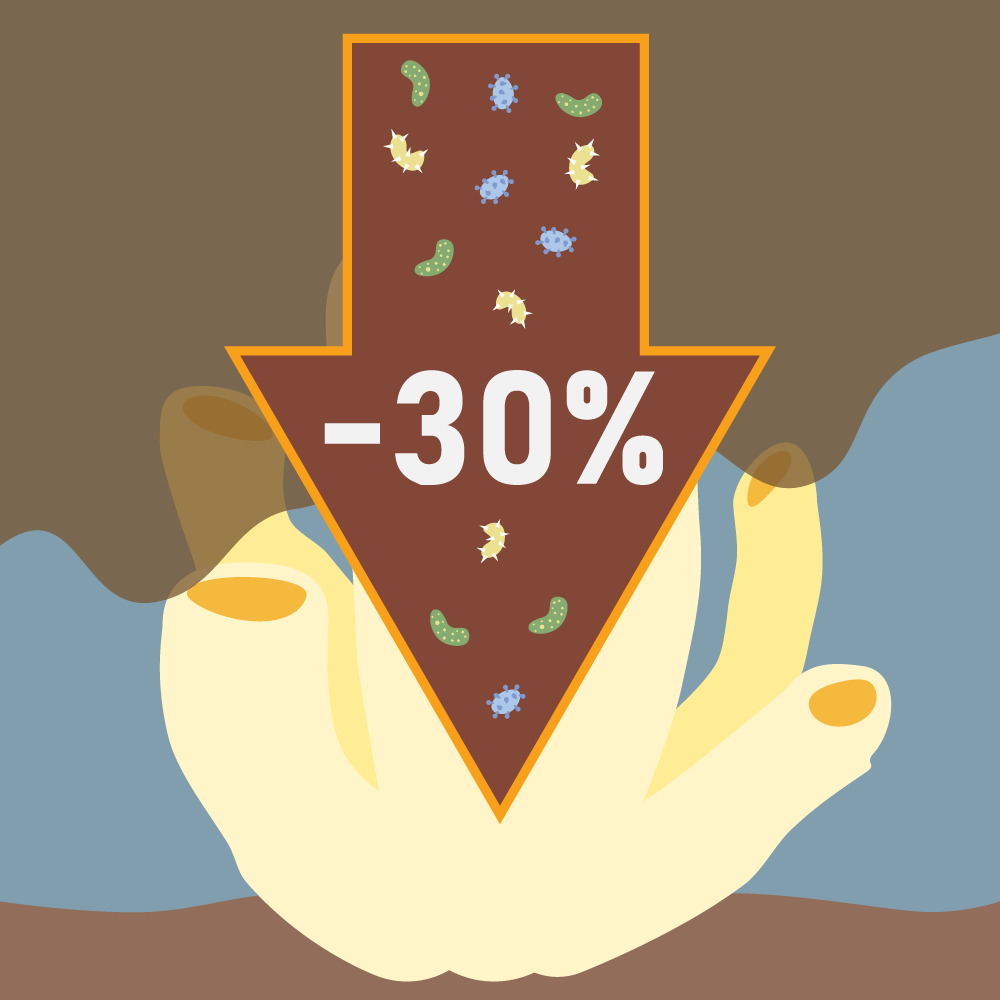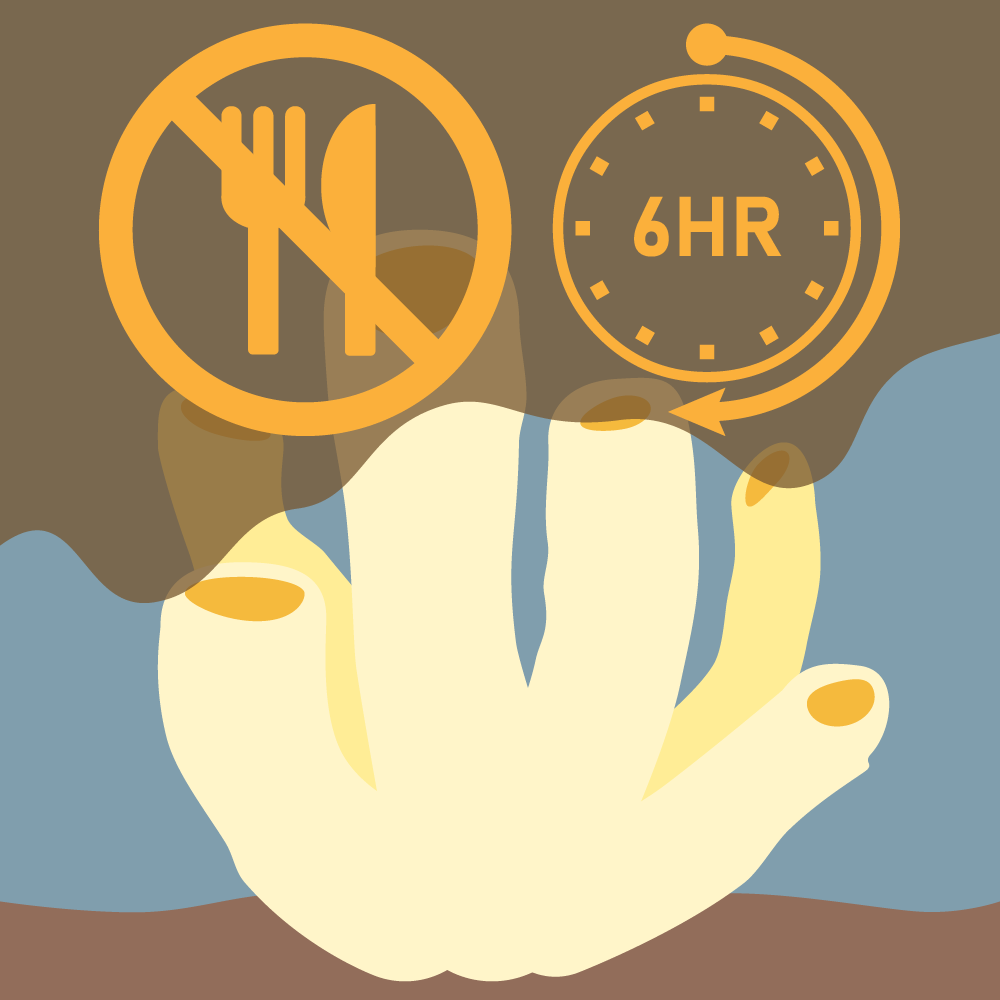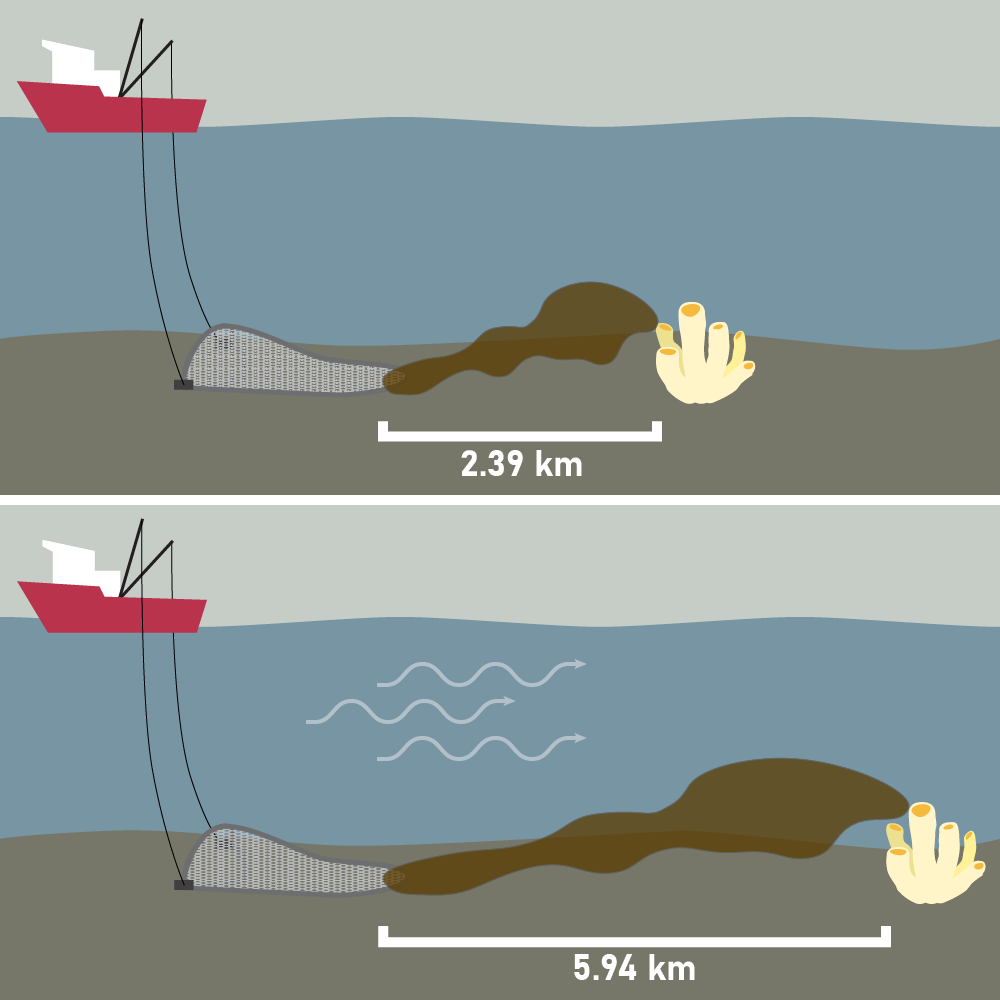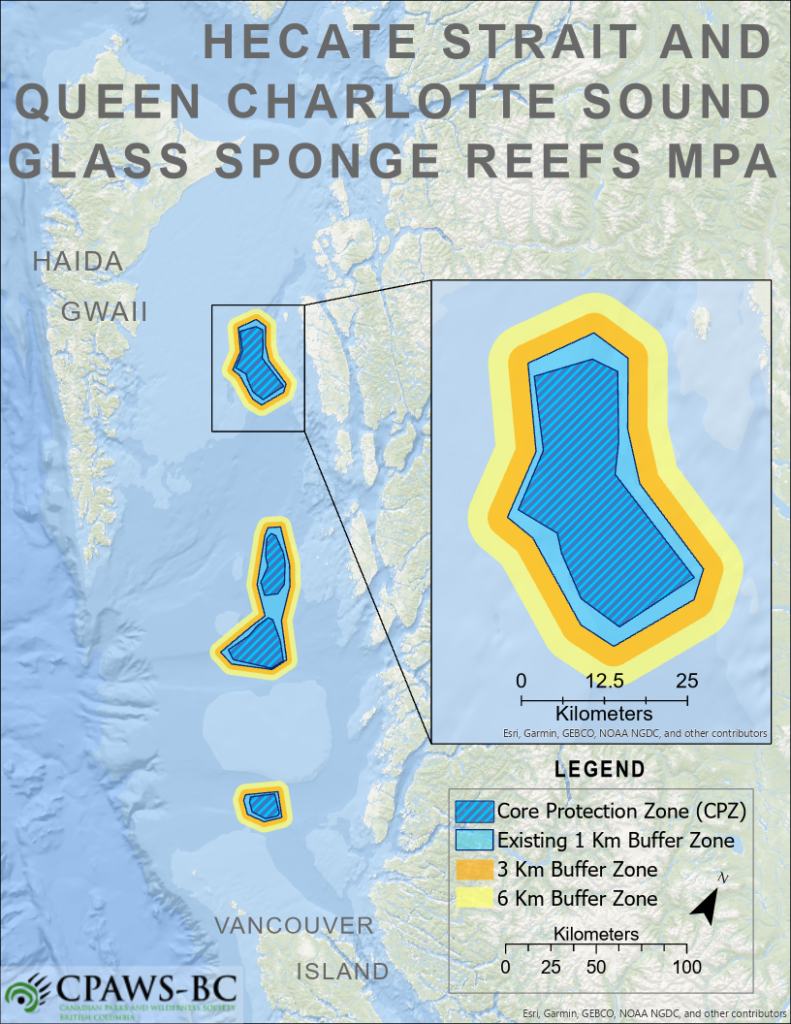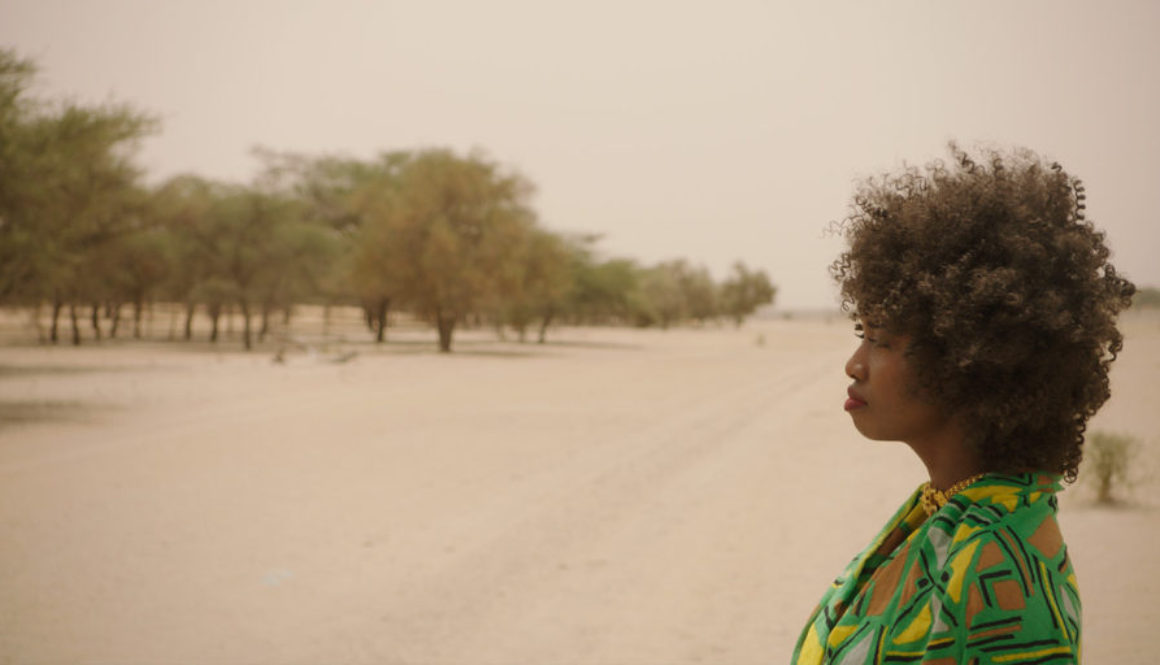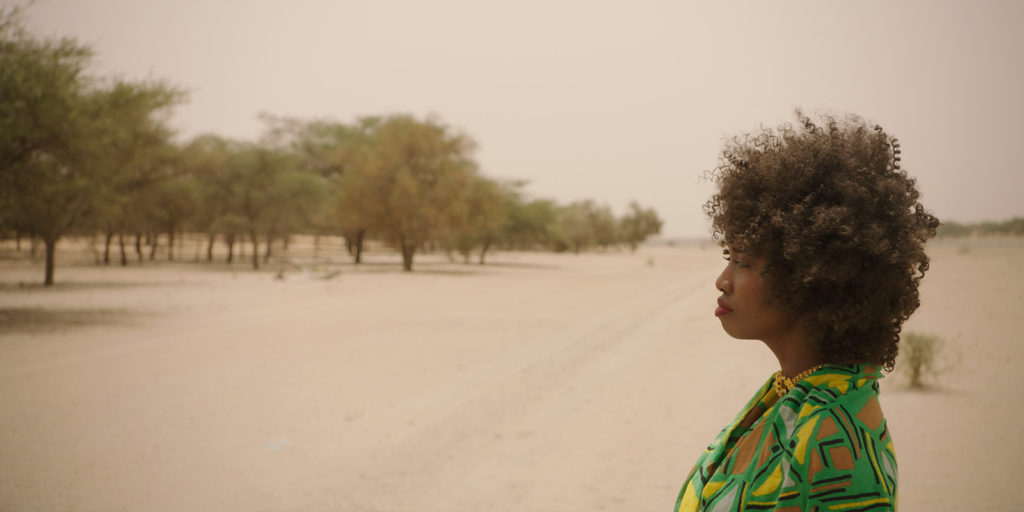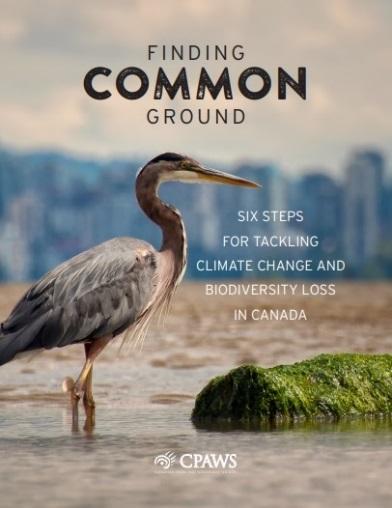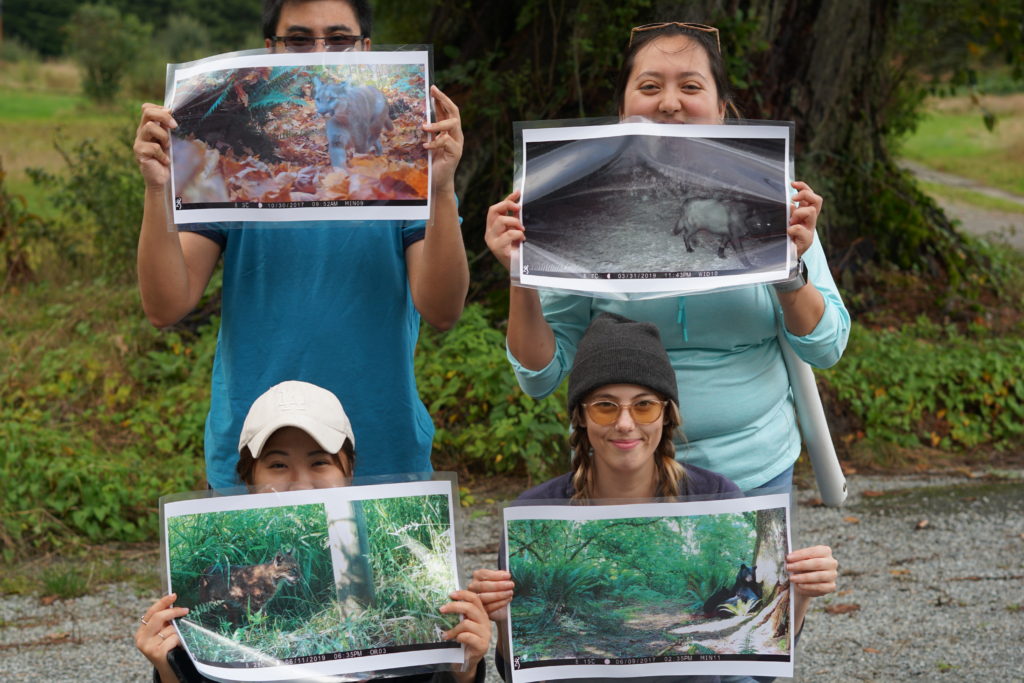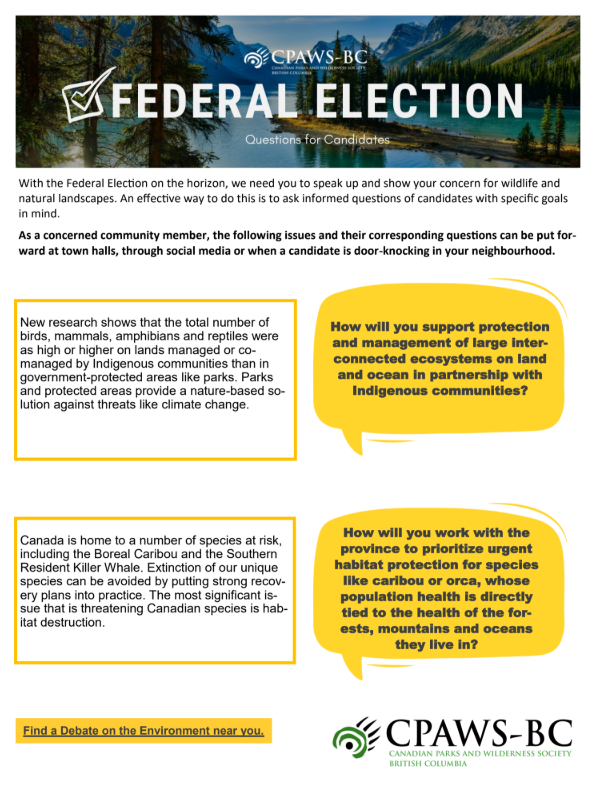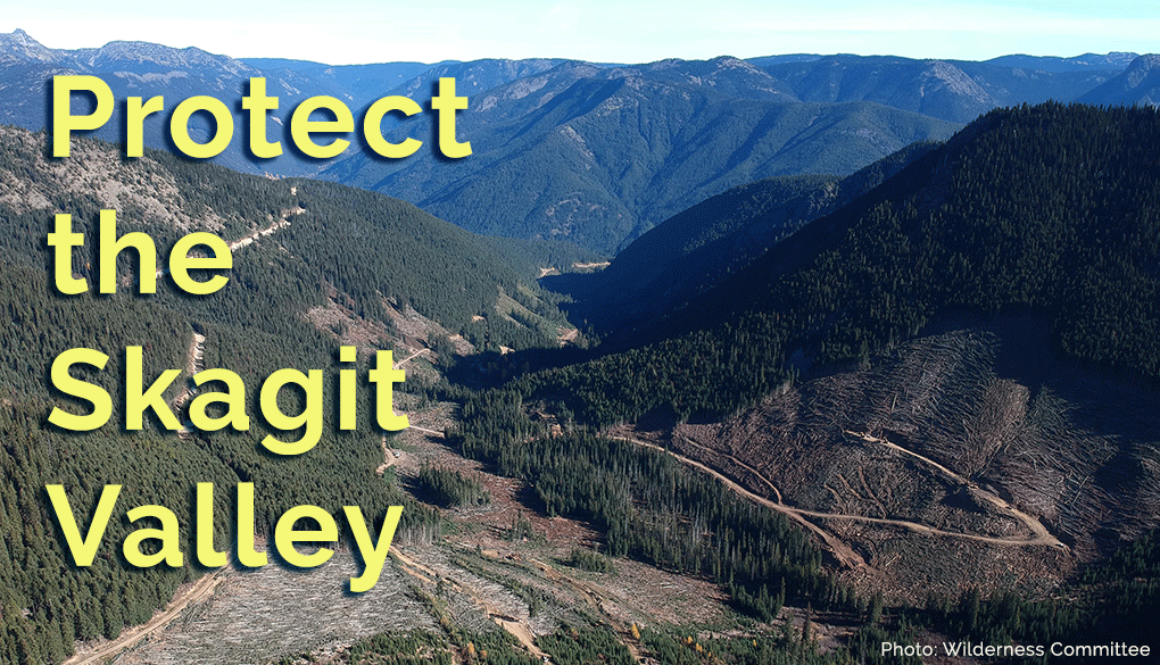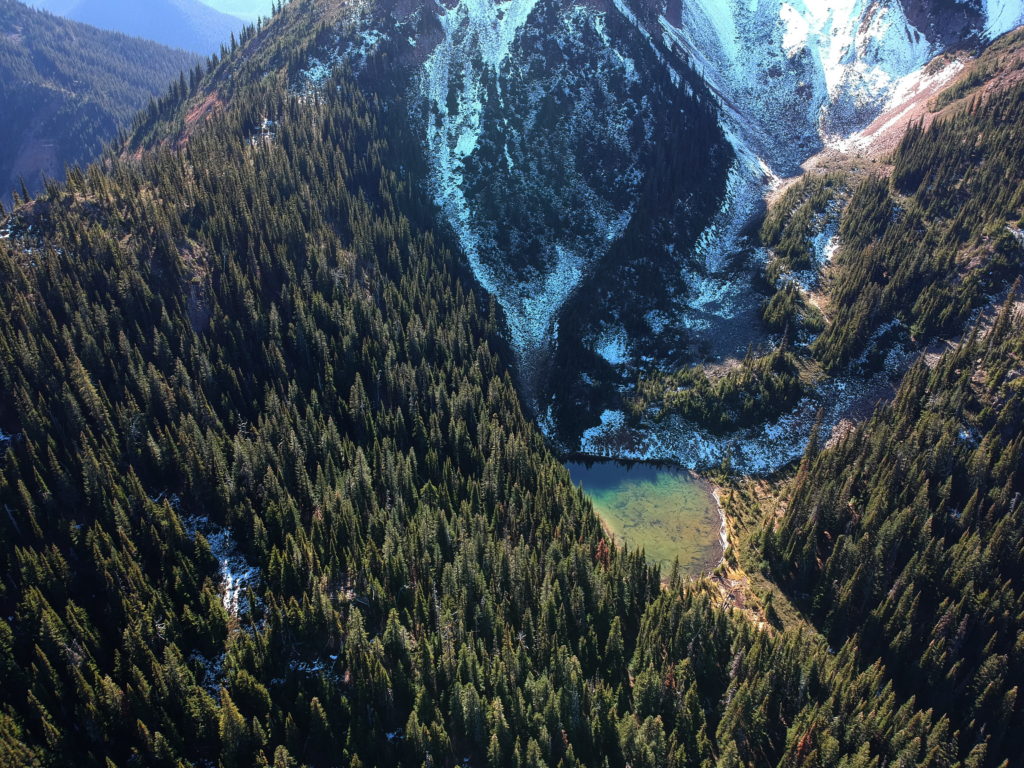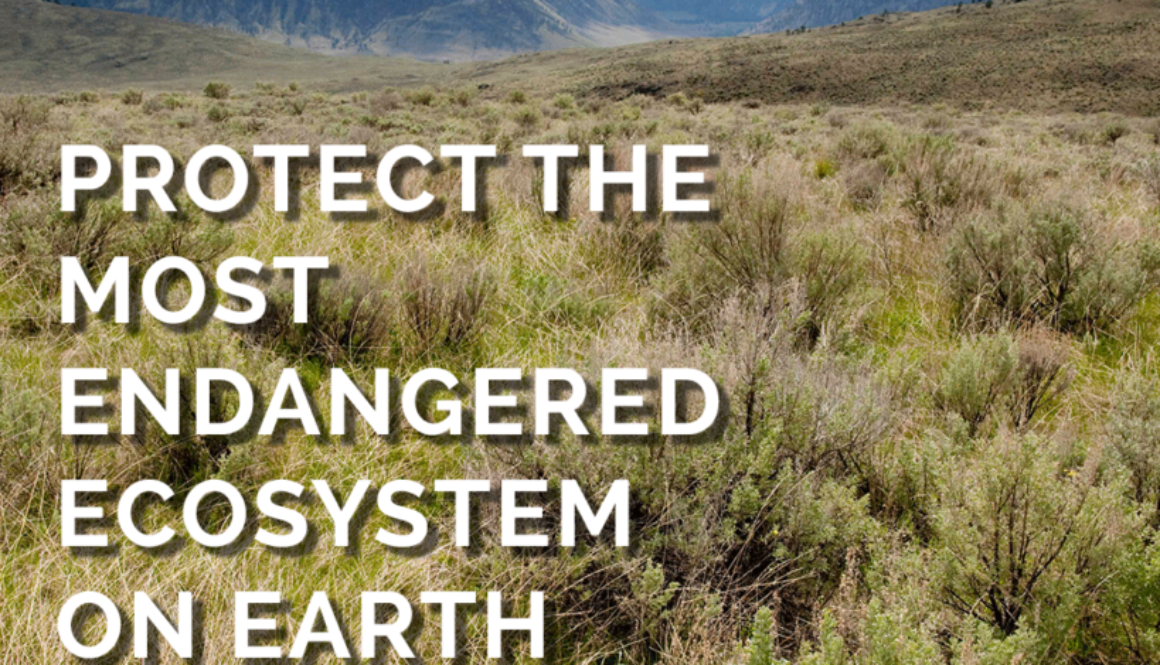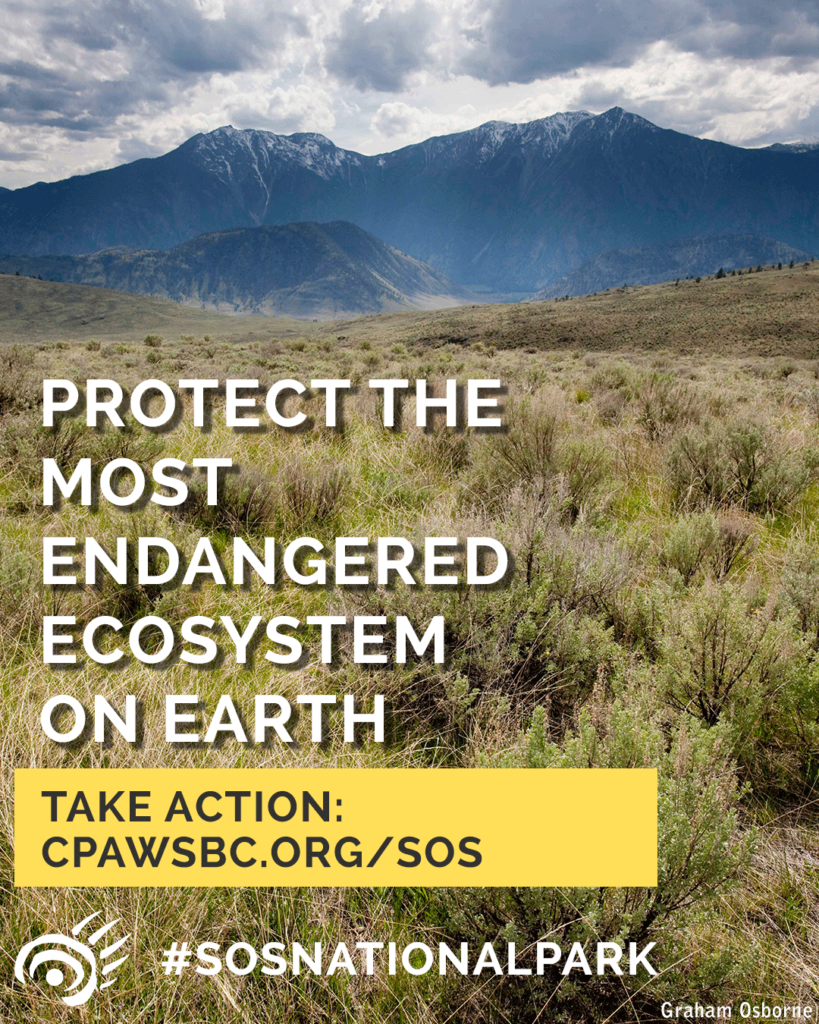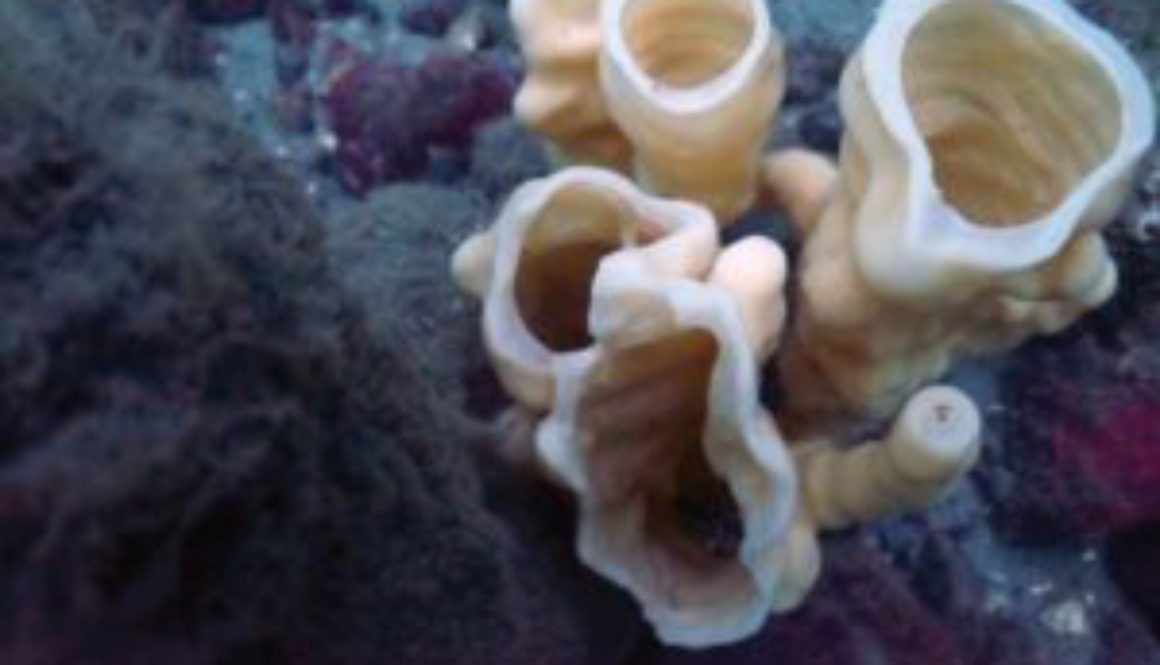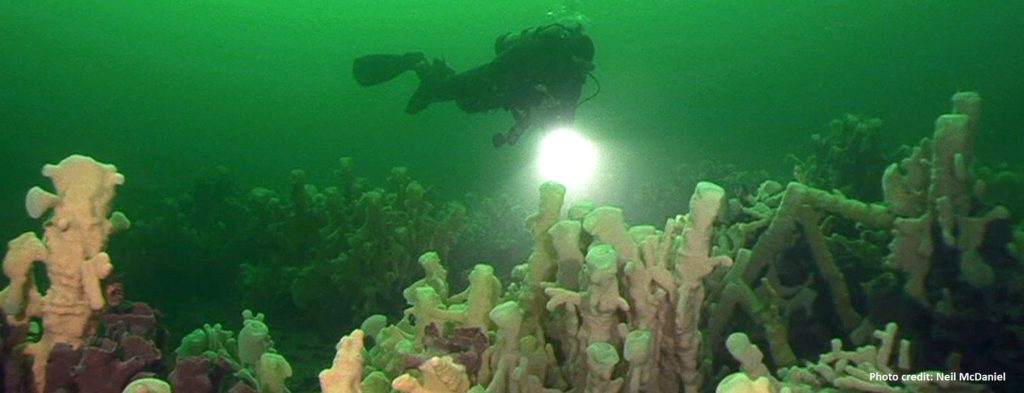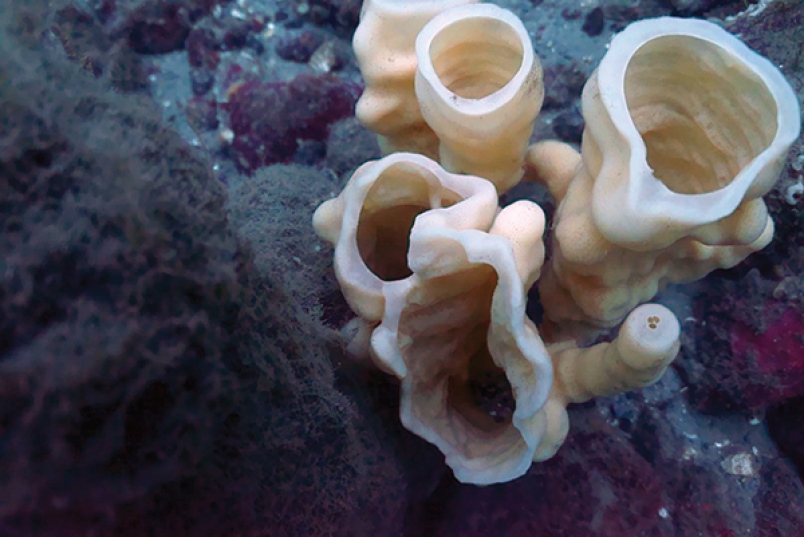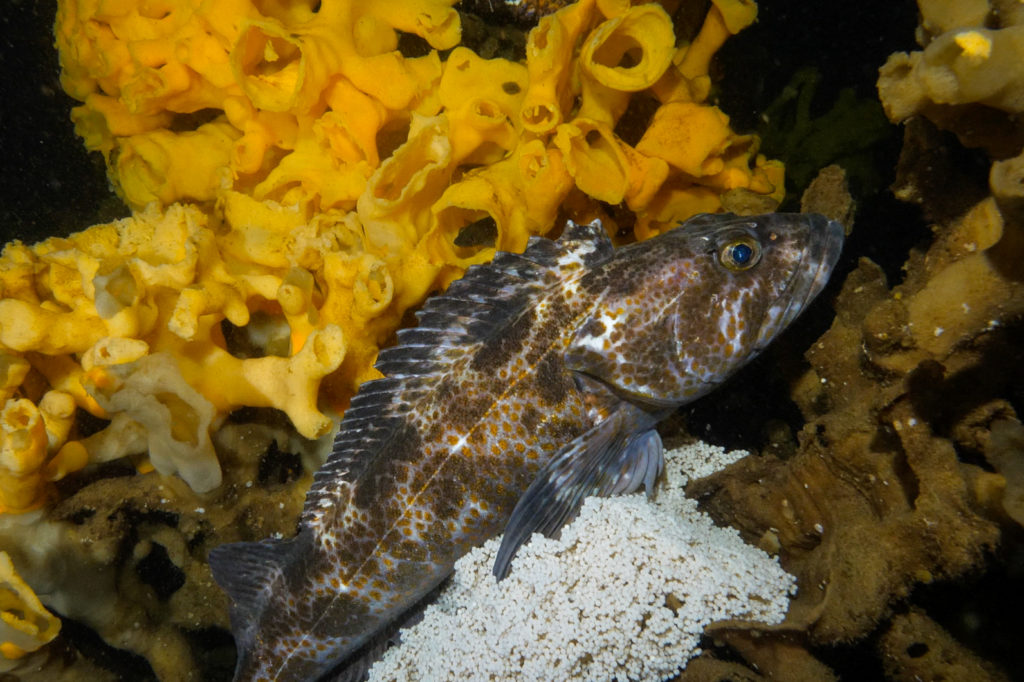How to enter
- If you do not already, follow @cpawsbc on Instagram, Facebook or Twitter (as seen on platform)
- Comment on social media post your response to “WHY DOES BC NEED BIODIVERSITY?”
- Tag a friend who you want to go to a VIFF (Vancouver International Film Festival) film screening Sept 26-Oct 11 2019
You may submit up to one entry per day. Contest October 8th 11:59PM.
It is the sole responsibility of the entrant to ensure their entry is properly submitted as
described above. CPAWS BC will not be responsible for any lost, delayed, misdirected,
illegible, incomplete, damaged or undeliverable entries, or any delay or failure to transmit,
process, receive or consider entries.
Chances of winning are dependent on the number of entries received. Quebec residents are
not eligible to win.
The Contest is in no way sponsored, endorsed or administered by, or associated with
Facebook, Twitter , Instagram or VIFF. You understand that you are providing your information to
CPAWS BC and not to Facebook, Twitter, Instagram or VIFF. The information you provide will only
be used for the administration of this Contest and in accordance with CPAWS BC’s privacy
policy. Facebook, Twitter and Instagram are completely released of all liability by each
participant (and his/her parent/legal guardian if he/she is a Minor) in this Contest. Any
questions, comments or complaints regarding the Contest must be directed to CPAWS BC and
not Facebook, Twitter, Instagram or VIFF.
Questions regarding the contest or campaign can be emailed to info@cpawsbc.org with
“Contest” in the subject line.
General
These Rules and Regulations are final on all matters relating to CPAWS-BC’s VIFF Contest (the “Competition”). The contest is governed by the rules set out below. By entering the contest, you agree to abide by those rules and the decisions of CPAWS BC staff.
You also agree to comply with all applicable laws. The contest is void where prohibited or
restricted by law.
Eligibility – Entrants
You are not required to make any purchase or pay any fee to enter or win the contest.
Entrants may not win more than one prize within a single category.
You may only enter the contest if you are an individual and, at the time of entry, you are a
legal resident of Canada. If you do not meet the Canadian residency requirement, you may
still enter but will not be eligible for any prizes. Quebec residents are not eligible to win.
Each eligible entrant aged seventeen (17) years or under must have his/her custodial parents\’
or legal guardian\’s consent to enter to enter the CPAWS-BC’s VIFF Contest. If a custodial parent or legal guardian does not provide the required consent, then the entry will be disqualified.
Proof of identification and parental consent must be provided upon request. If a custodial
parent or legal guardian does not provide consent, or if proof of identification cannot be
obtained to the satisfaction of the Sponsor, the entry will be disqualified.
CPAWS employees and their immediate families (i.e., their spouses, siblings, children,
spouses\’ parents, and the spouses of any of those individuals) and their household members
(related or not) are not eligible to enter the contest.
CPAWS BC may at any time in its sole discretion disqualify any entrant who: does not meet
the contest\’s eligibility criteria, fails to comply with these rules, attempts to enter the contest
in any manner or through any means other than as described in these rules, attempts to
disrupt the contest or attempts to circumvent any of these rules.
Entries must be original material and must not have been a winner in another national
competition or Competition. Entries also must not have been published or accepted for
publication by a national magazine or newspaper. Entries posted online on personal
websites, blogs or on social media are not considered published for the purpose of this
competition, and may be entered for competition consideration. Content alteration of digital
files is not acceptable; cropping of photos is permitted, tonal or colour corrections are
acceptable, including black and white conversion.
Prize
Pair (x2) VIFF Film Screening Vouchers provided by CPAWSBC as sponsors of VIFF film.
Winners
In order to be declared a contest winner and be eligible for a prize, the prize winner must
have complied with, and remain in compliance with, these rules, and must sign and deliver to
CPAWS BC (within 1 calendar day of CPAWS BC’s request) a standard declaration and release form (which will include a declaration of the finalists\’ compliance with these rules, an
acceptance of the prize as awarded, a publicity release, a liability release, and the correct
answer to a skill-testing question) and any other documentation that CPAWS BC may require.
Prizes will be picked up at the CPAWS BC office in Vancouver, BC.
One winning entrants will be selected through a random draw for each prize. The winner will
be notified through the platform they used to submit their entry (Instagram, Facebook, Twitter). If the selected winning entrant does not respond within seven (1) calendar day of the first notification attempt, if a prize is returned as undeliverable or is rejected, or if a participant is found to be ineligible, an alternate winner may be selected.
In case of dispute as to the identity of any entrant, entry will be declared made by the
authorized account holder of the email address submitted at time of entry. CPAWS BC may
request valid proof of identity, residency, age and other relevant documentation, and CPAWS
BC may disqualify a selected winner if they determine (in their sole discretion) that the
provided proof is not sufficient.
All prizes must be accepted as awarded (with no substitutions), and may not be sold,
transferred, or converted into cash. All prizes will be delivered by way of pick-up upon
the winner accepting the prize as awarded. CPAWS BC are not responsible for lost or
undeliverable mail.
License to CPAWS BC
By submitting your contest entry, you are granting CPAWS-BC the unrestricted,
royalty-free, perpetual right to use your entry for future educational, promotional and
charitable purposes without any fee or other form of compensation, and without further
notification or permission.
You will retain all rights to any photograph you submit — including ownership if applicable.
Publicity
Except where otherwise prohibited by law, participation in the contest constitutes a winner\’s
consent to CPAWS BC’s use of the winner\’s photo and name for educational, promotional and
charitable purposes without further notification, permission, payment or consideration.
Cancellation
If for any reason CPAWS BC cannot run the contest as planned (including as a result of bugs,
tampering, unauthorized intervention, fraud, technical failures, infection by computer virus
or any other cause that corrupts, impairs or affects the administration, security, fairness,
integrity, or proper conduct of this contest) CPAWS BC may cancel, modify, extend or suspend
the contest. In that event, CPAWS BC may award prizes at random from among the eligible
entries received up to the time of the impairment, or award no prizes.
CPAWS BC may also disqualify any individual who tampers with or in any way corrupts the
entry process, or who attempts to undermine the legitimate operation of the contest by
cheating, hacking, deception, or other unfair practices, or by attempting to annoy, abuse,
threaten or harass any other entrants or CPAWS BC representatives.
Disclaimers, Liability, and Indemnification
CPAWS BC do not accept liability for any loss or damage resulting directly or indirectly from
your participation in the contest.
CPAWS-BC are not responsible for: (1) late, incomplete, or misdirected entries, or entries
received through impermissible or illegitimate channels; (2) technical failures of any kind,
including without limitation the malfunctioning of any telephone, computer, network,
hardware or software; (3) the unavailability or inaccessibility of any service; (4) unauthorized
human intervention in any part of the entry process or the contest; (5) electronic or human
error which may occur in the administration of the contest or the processing of entries; or (6)
any injury or damage to persons or property, including without limitation your computer,
which may be caused, directly or indirectly, in whole or in part, from your participation in the
contest or from downloading any material from CPAWS BC\’s website.
CPAWS-BC will not be liable to you for any indirect, special, consequential, or punitive
damages in connection with the contest or these rules.
By participating in this contest, you agree to indemnify and hold harmless CPAWS-BC and
their employees, directors, officers, members, affiliates, agents, judges and advertising and
promotional agencies from any and all damages, injuries, claims, causes of actions or losses
of any kind (including actual legal fees and expenses) arising from or related to: (a) your
failure to comply with any of these rules; (b) any misrepresentation you make under these
rules or otherwise to CPAWS-BC; or (c) your participation in the contest.
Personal Information
You consent to CPAWS BC using and disclosing your personal information for the purposes of
administering the contest; advertising the contest and any future contests and any of CPAWS
BC\’s products and services; and for the other purposes described in these rules.
Law
The Rules will be governed by and construed in accordance with the laws of the Province of
British Columbia, Canada and the federal laws of Canada applicable in British Columbia.
Disputes
All disputes, claims and causes of action arising out of or connected with the contest, prizes
or these rules will be resolved individually, without resort to any form of class action, and
exclusively by the appropriate court of the Province of British Columbia, Canada.
Further Information
CPAWS BC
410-698 Seymour Street
Vancouver, BC V6B 3K6
(604) 685-7445
info@cpawsbc.org
